In recent decades, mountain landscapes and traditional Vietnamese villages have become popular on world travel websites.
The surprise comes from the Vietnamese themselves: How can our homeland be so poetic and "classy"? Less than 80km from Hanoi , the Thai Hai Ethnic Ecological Stilt House Village (Thinh Duc Commune, Thai Nguyen City) offers a surprisingly smooth image of the Tay ethnic community in the middle of the mountains. Anyone who comes here wonders, why are the people here so good?
Not the majestic landscape, immense tea hills or majestic rivers and waterfalls, but this small village itself has become a tourist highlight of Thai Nguyen when it was honored by the World Tourism Organization (UNWTO) as one of the 32 best tourist villages in the world in 2022.
To achieve this recognition, villages must meet nine complex criteria. Thai Hai has become the start of a tourism development effort not only locally but also nationwide when last year, the flood-proof village of Tan Hoa in Quang Binh was also honored.
Located in a 25-hectare valley, with hills surrounding an ecological lake, Thai Hai was originally just a wild, barren land, with no one cultivating it. Since the early 2000s, a Tay ethnic woman, Ms. Nguyen Thi Thanh Hai, when seeing people in Dinh Hoa Safe Zone, an anti-French resistance base, demolishing 80-year-old stilt houses to build new brick houses, bought 30 stilt houses to rebuild.
Residents of Thai Hai also gathered from many different localities, which was a familiar thing in the old, remote land of Thai Nguyen.
More than 80 years ago, poet Nguyen Binh wandered through Thai Nguyen and wrote these masterpieces: “Who dyed the grass on the hill so green? Who dyed your shirt so I see indigo? Who dyed the sky so blue? Who dyed our love, who made it fade?” (For whom) or “The high pass makes the stream hesitate. The gentle sunlight, the afternoon is half afternoon… The sim hill is intertwined with the tea fields.
The mountain smoke is white, the clothes are green” (Afternoon Forest Road). Now the grass on the hills is still green, the indigo shirts are still bold on the tea fields, and the girls’ eyes are still blue under their graceful scarves. But Thai Hai does not evoke the loneliness of poets of the past. Nearly 200 members of the community, as they introduce themselves, “share the same pot of rice, share the same pocket of money”, bustling with activities morning and evening in an ecological space reminiscent of ideal cooperatives.
Heritage Magazine


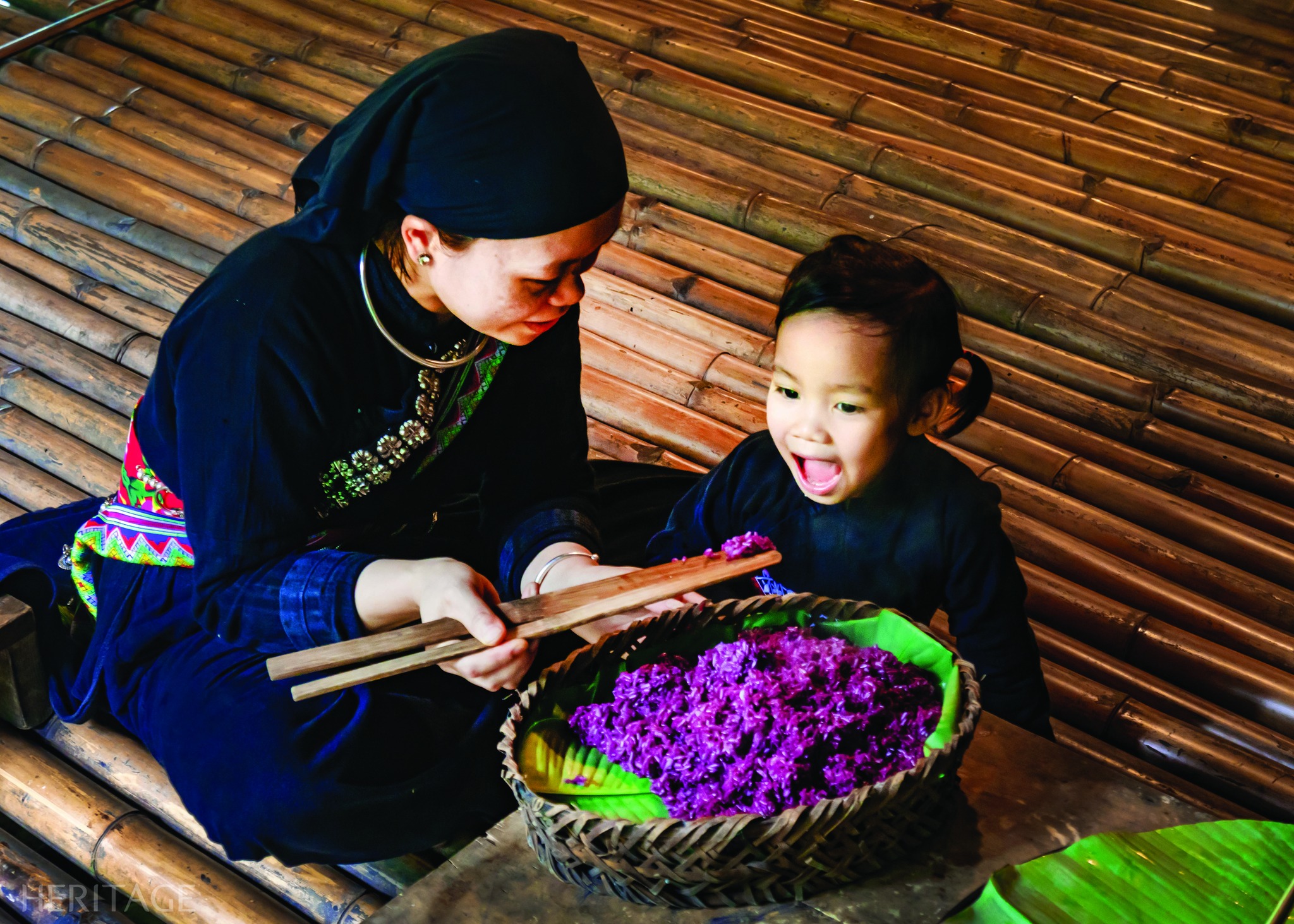
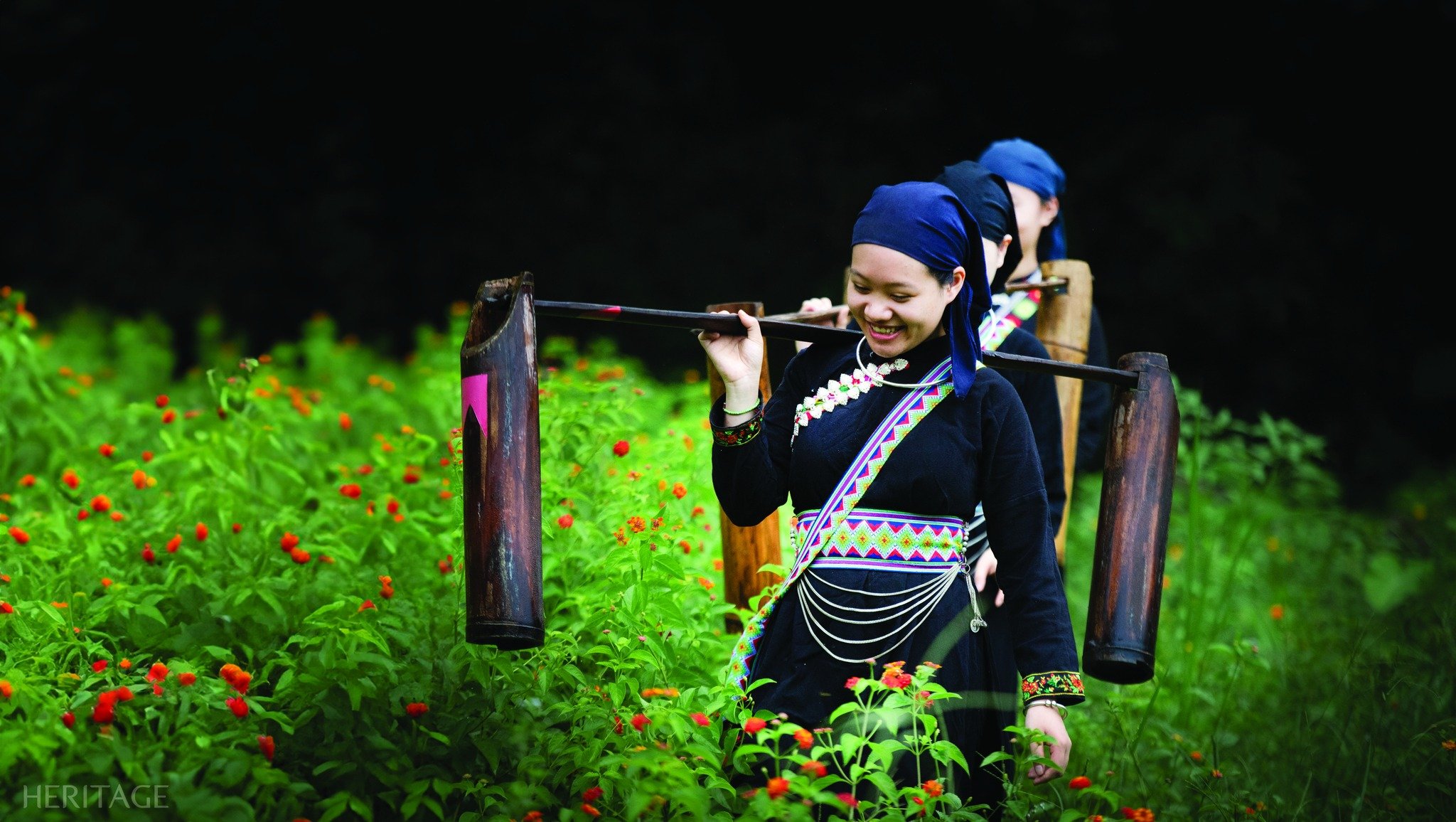
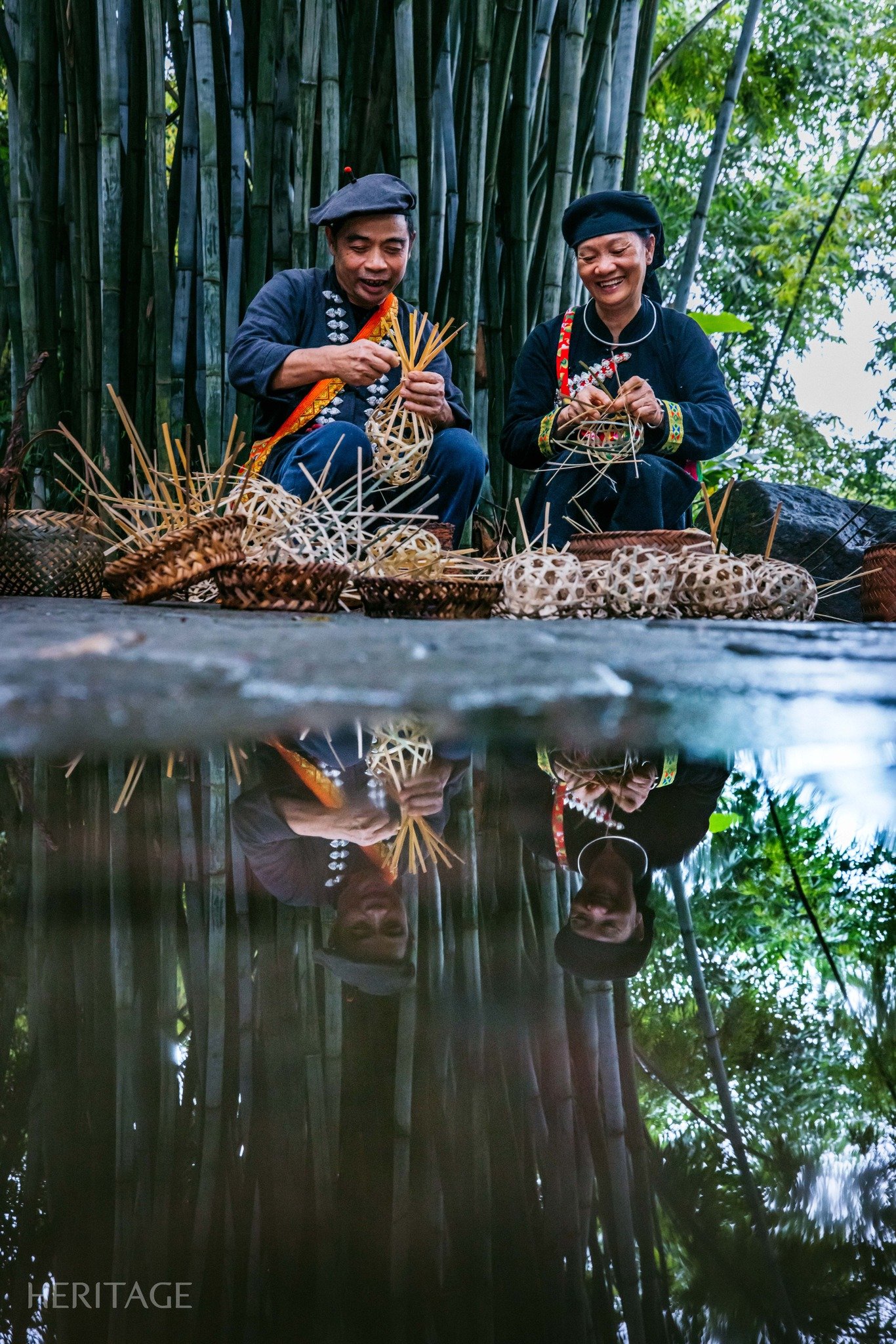
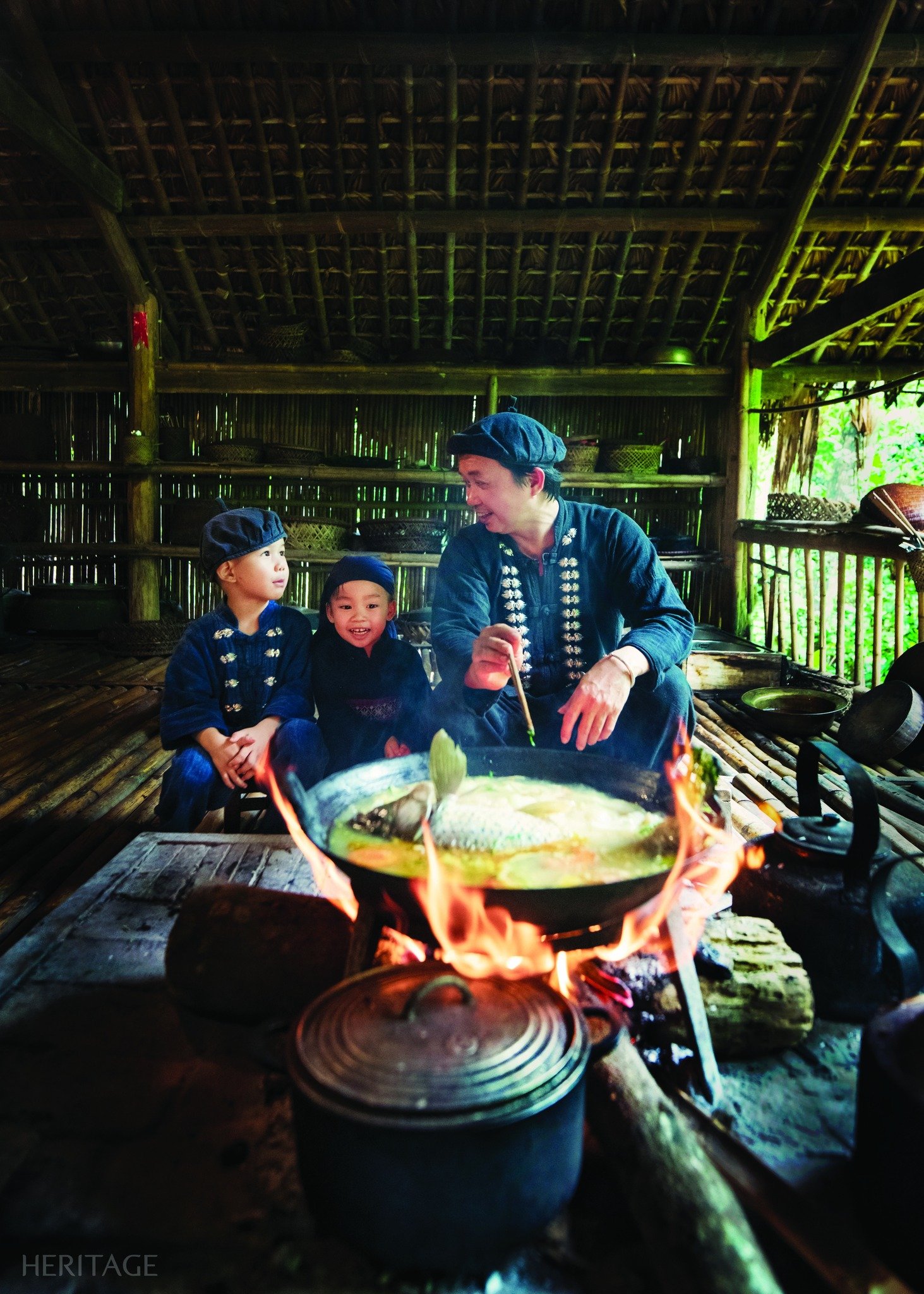
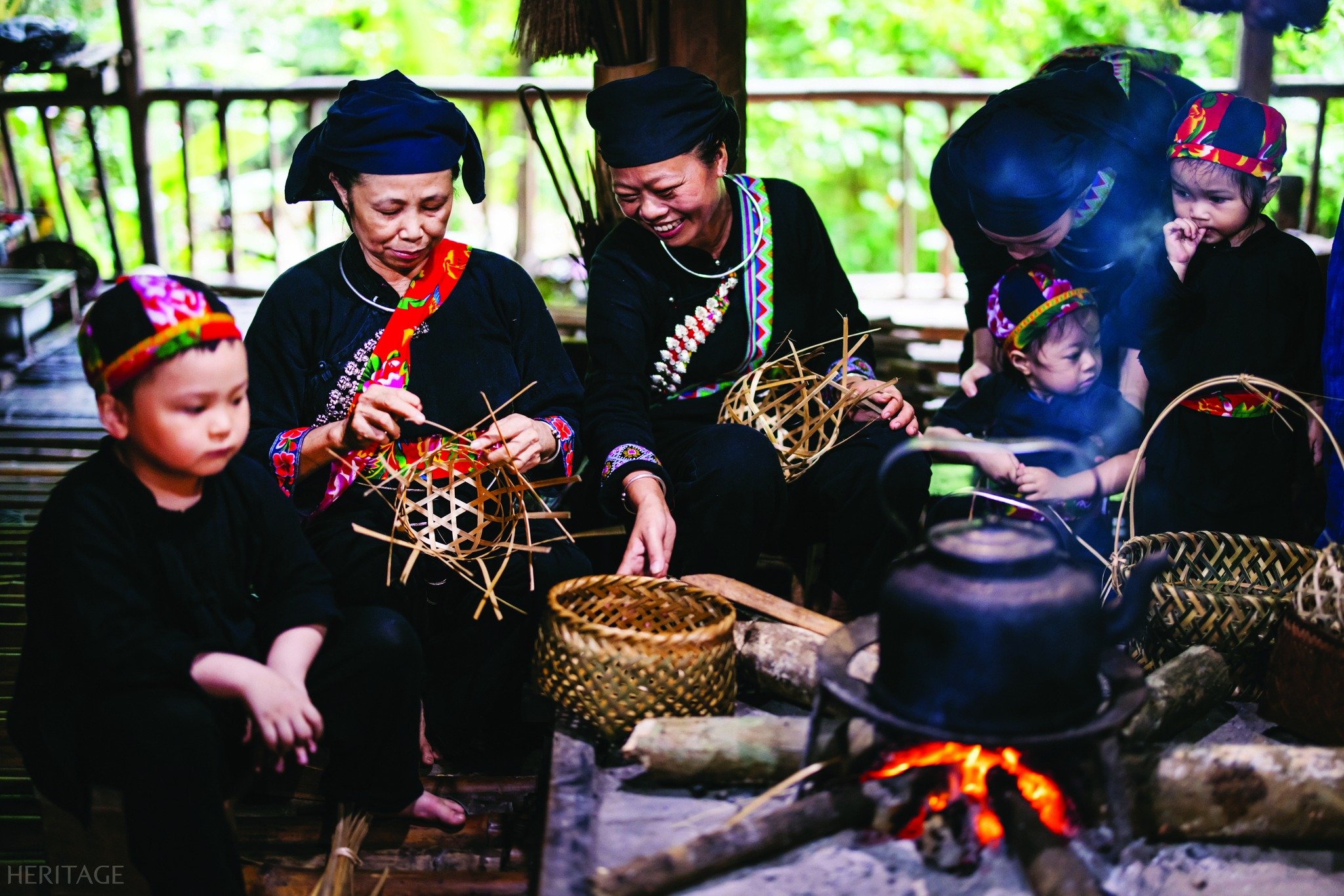
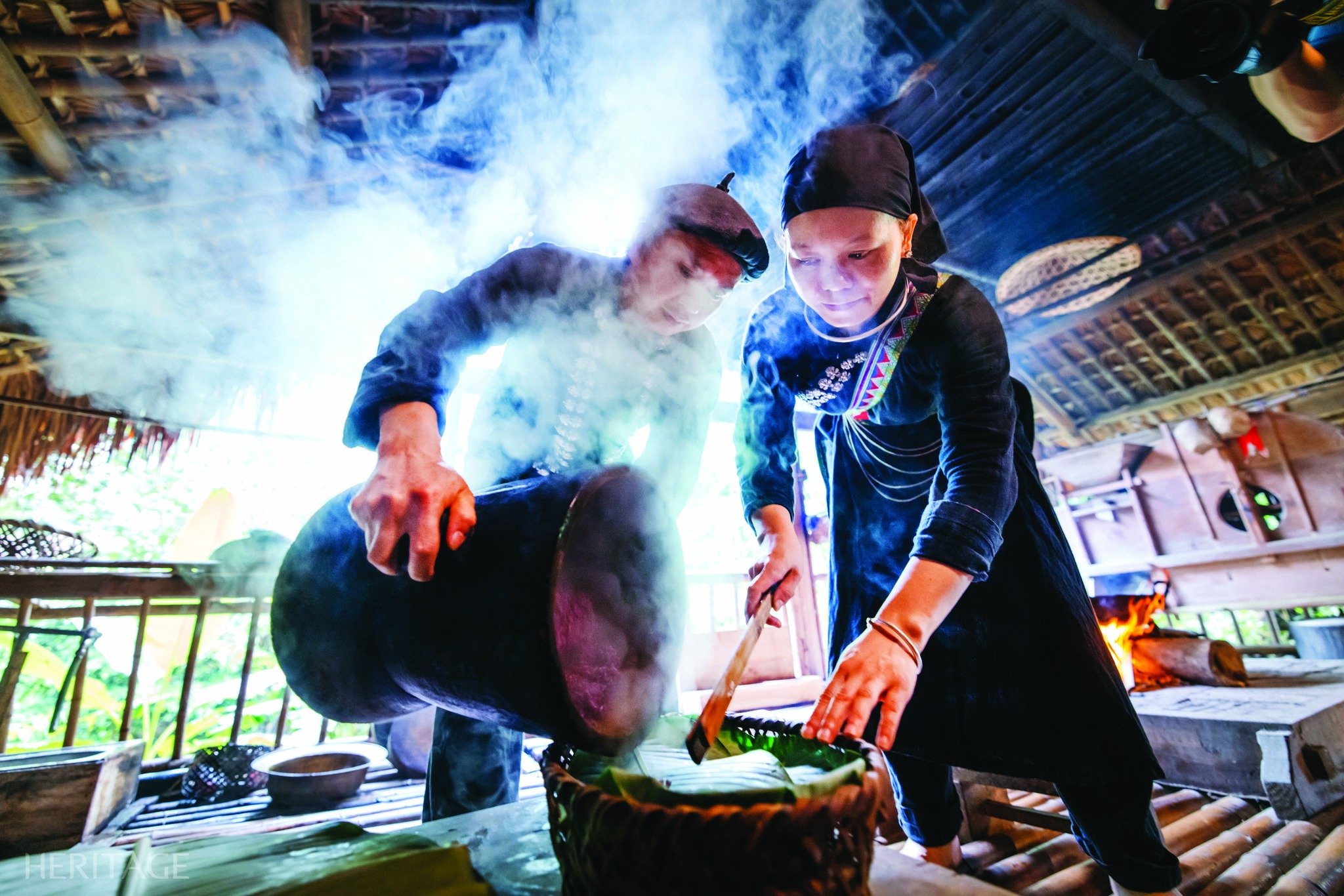
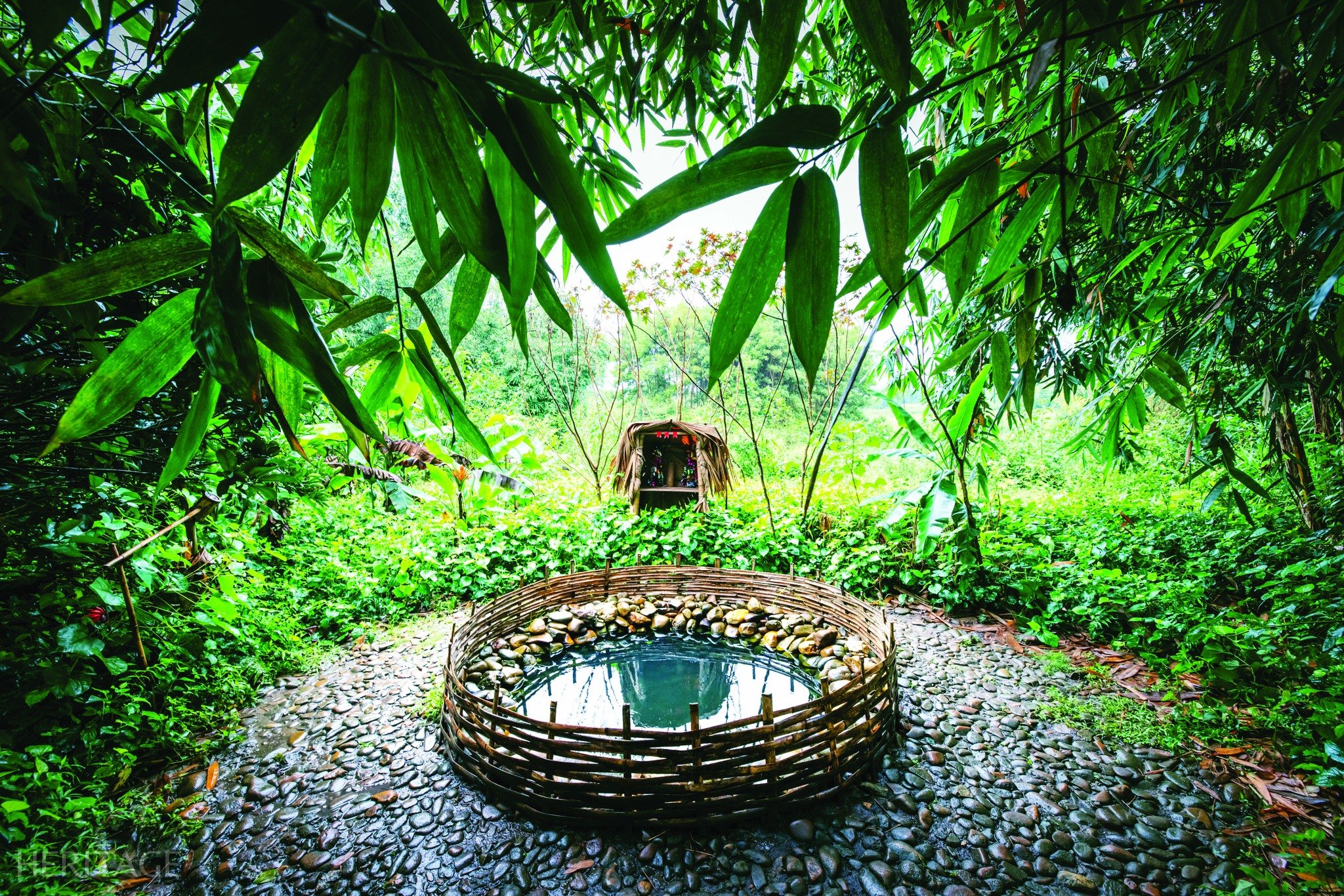

![[Photo] General Secretary To Lam and National Assembly Chairman Tran Thanh Man attend the 80th Anniversary of the Traditional Day of the Vietnamese Inspection Sector](https://vphoto.vietnam.vn/thumb/1200x675/vietnam/resource/IMAGE/2025/11/17/1763356362984_a2-bnd-7940-3561-jpg.webp)
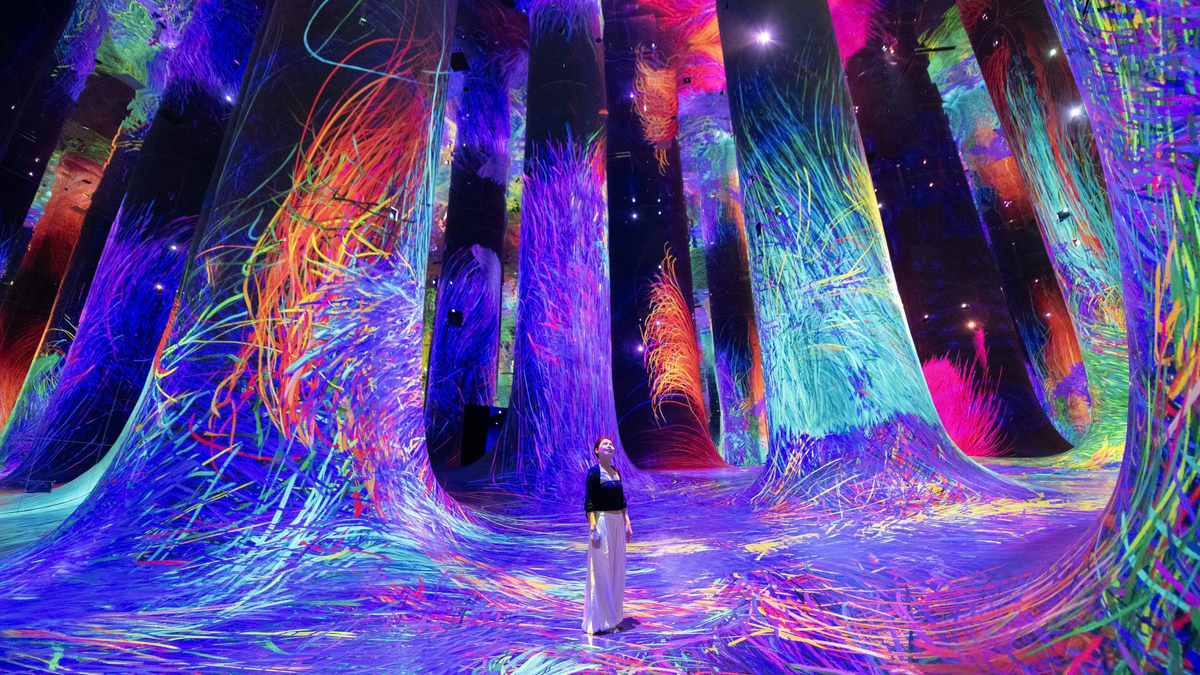

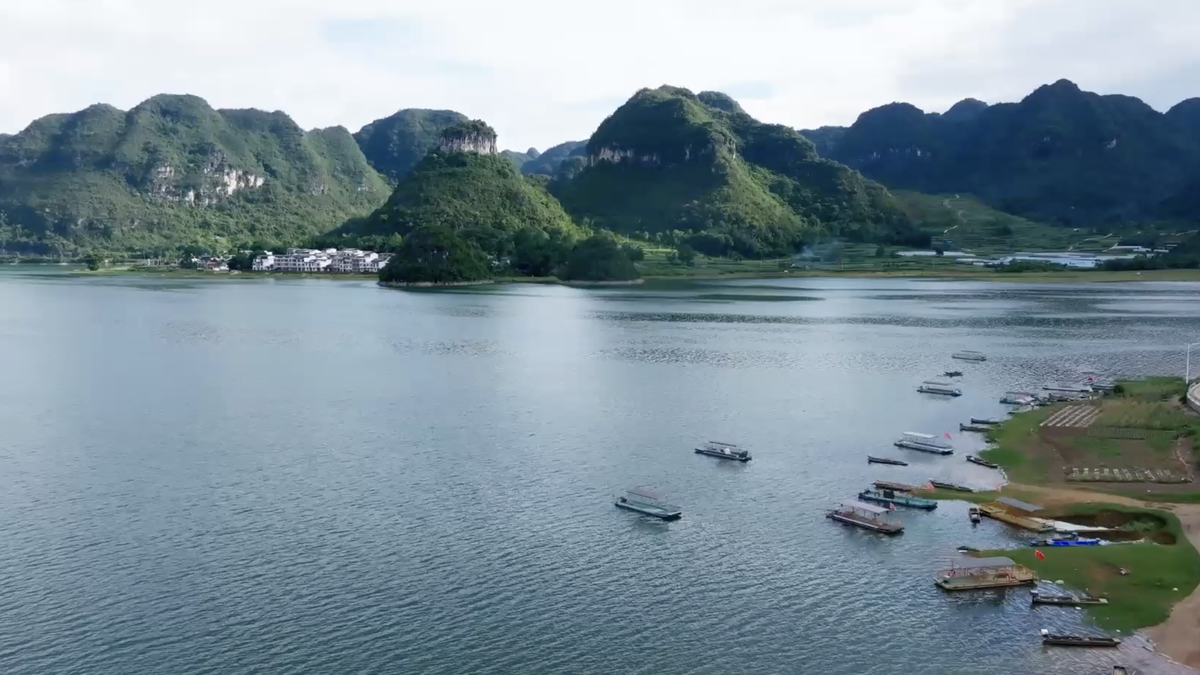
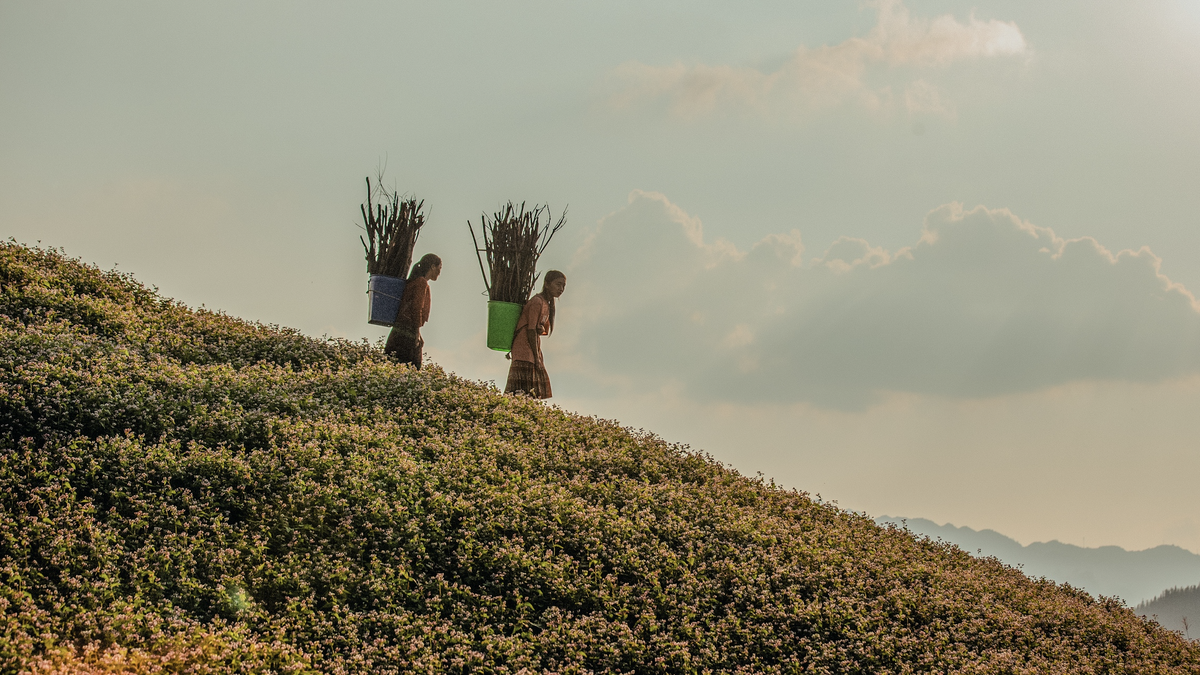










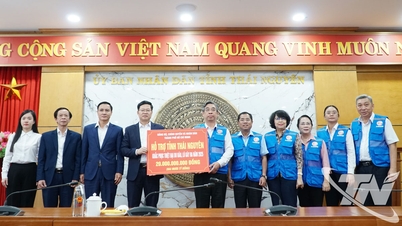




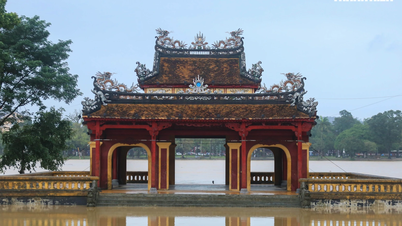
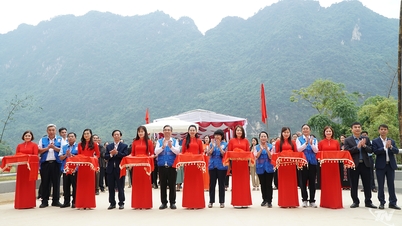

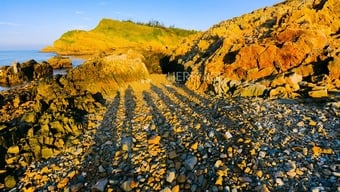



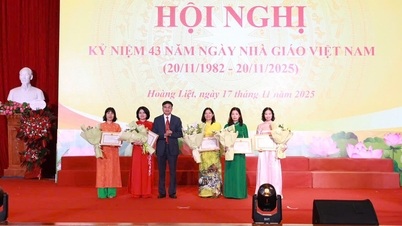

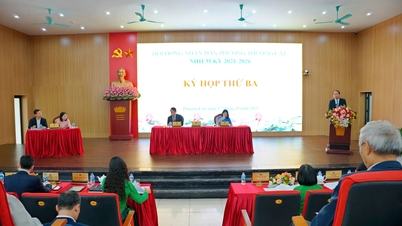

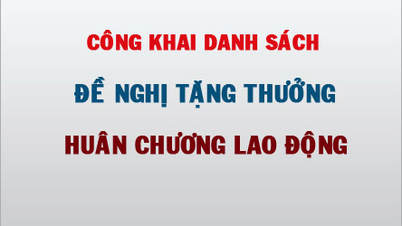
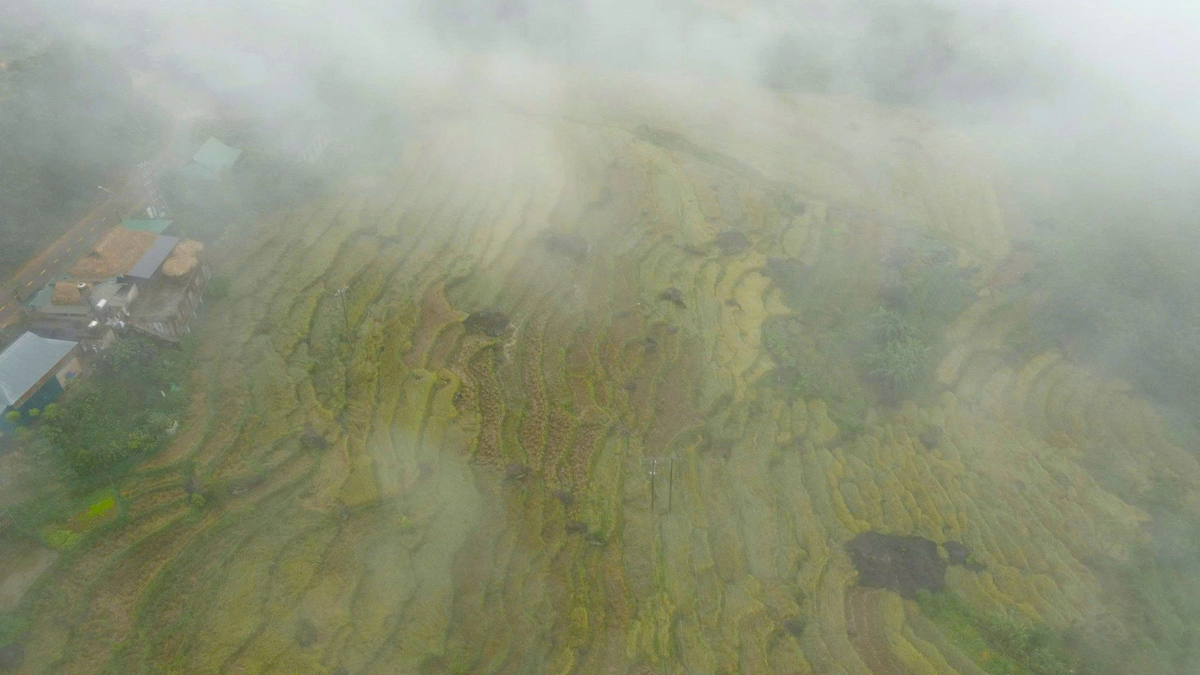
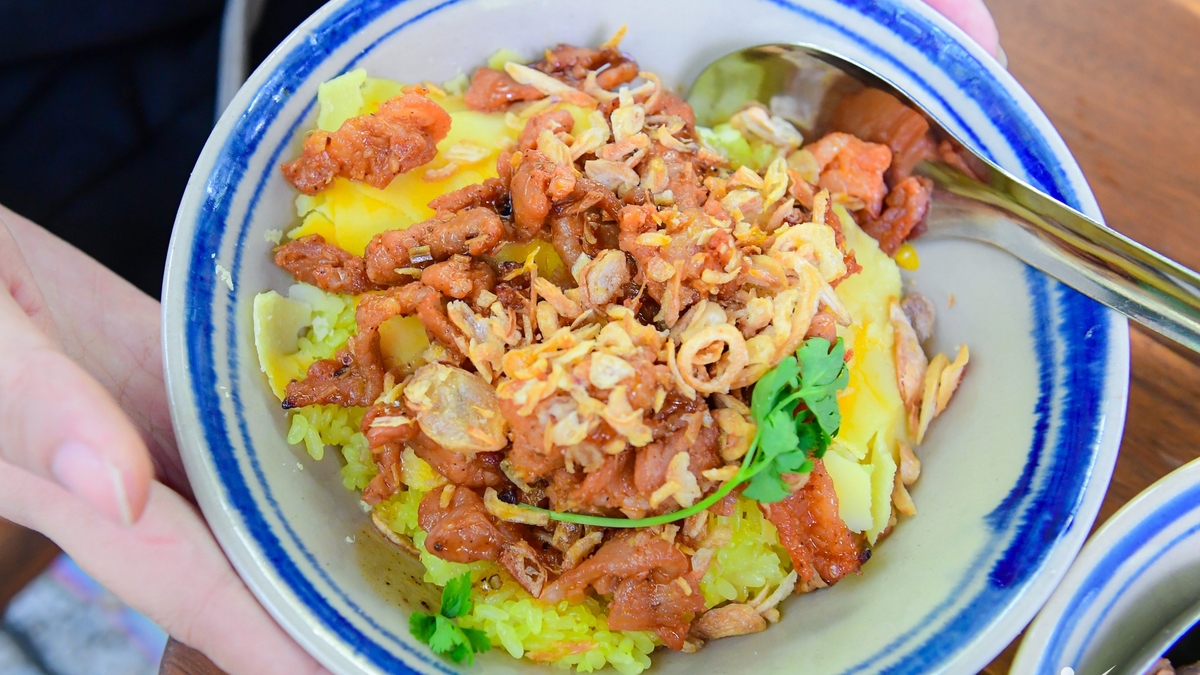
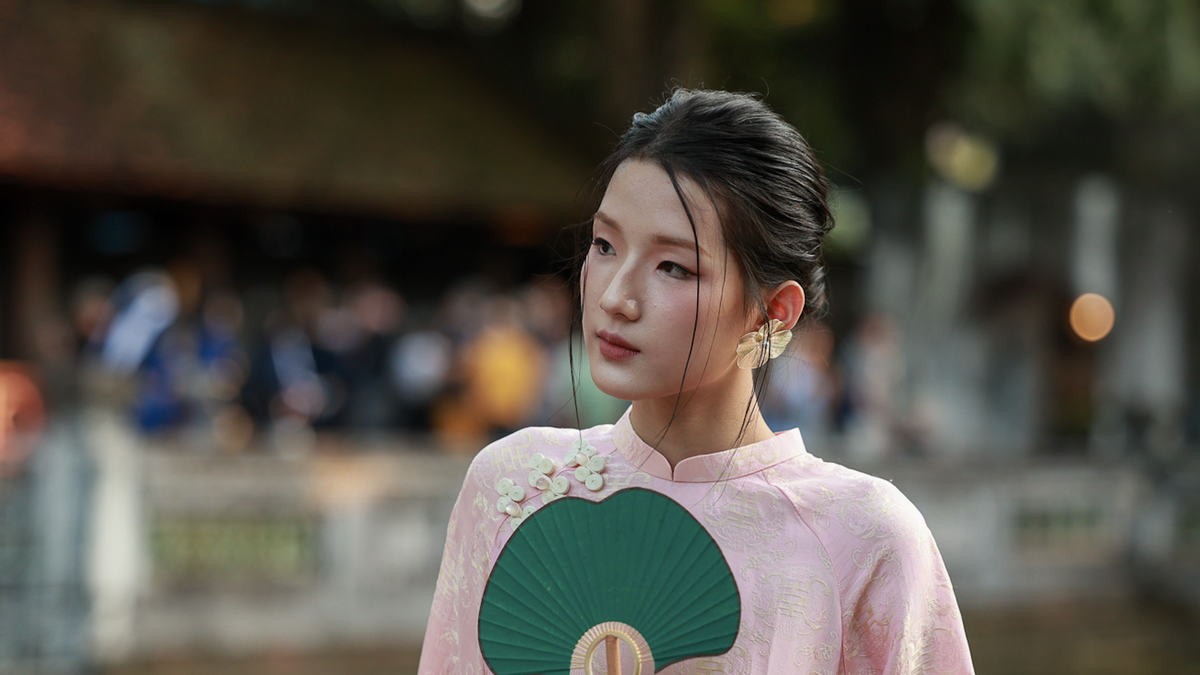
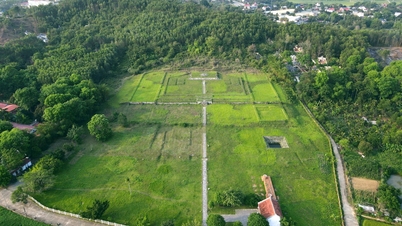


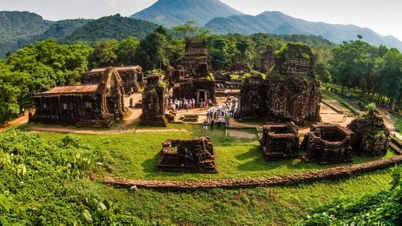



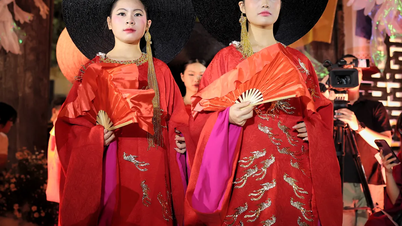

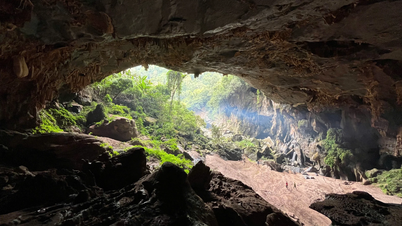

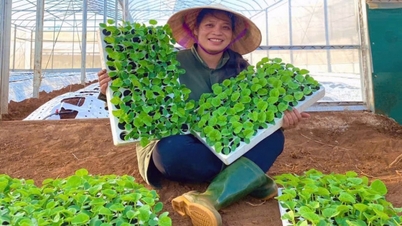

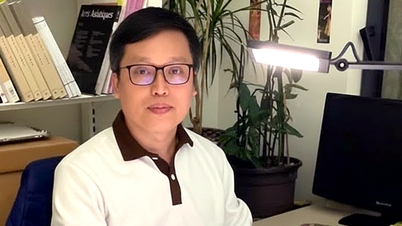



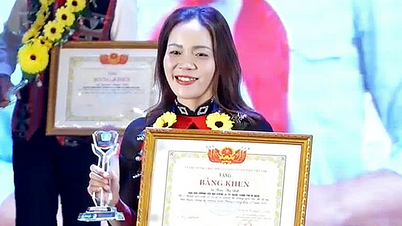





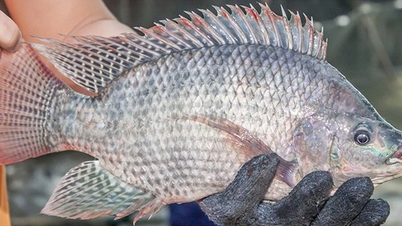







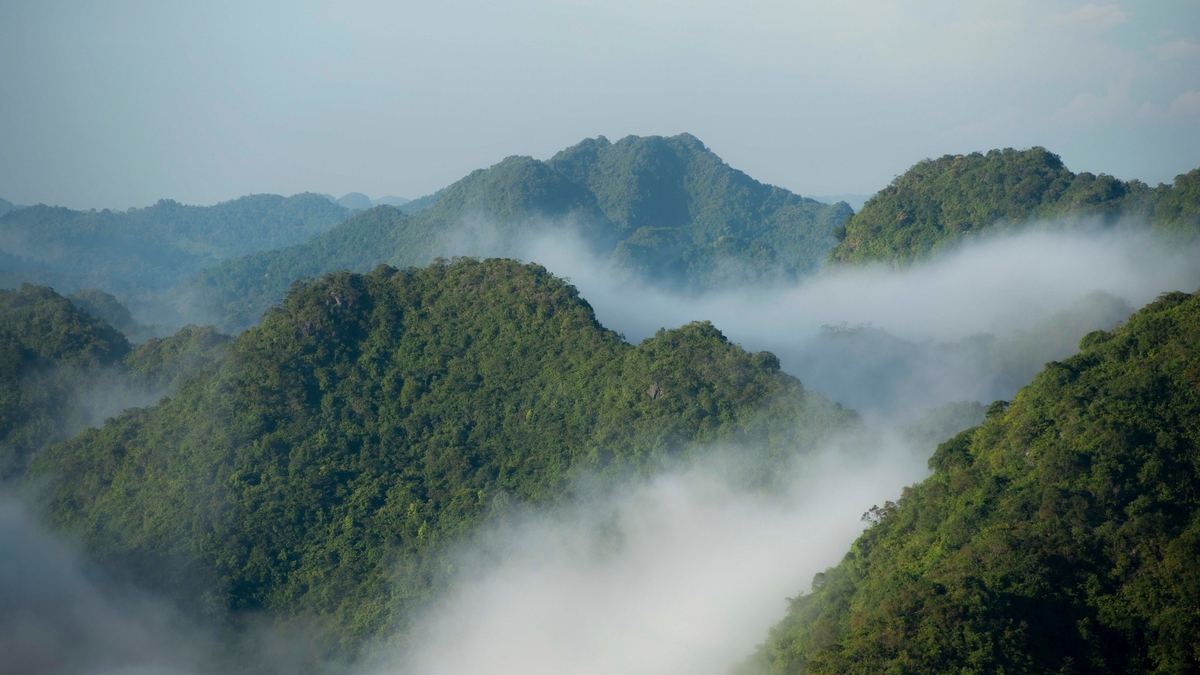
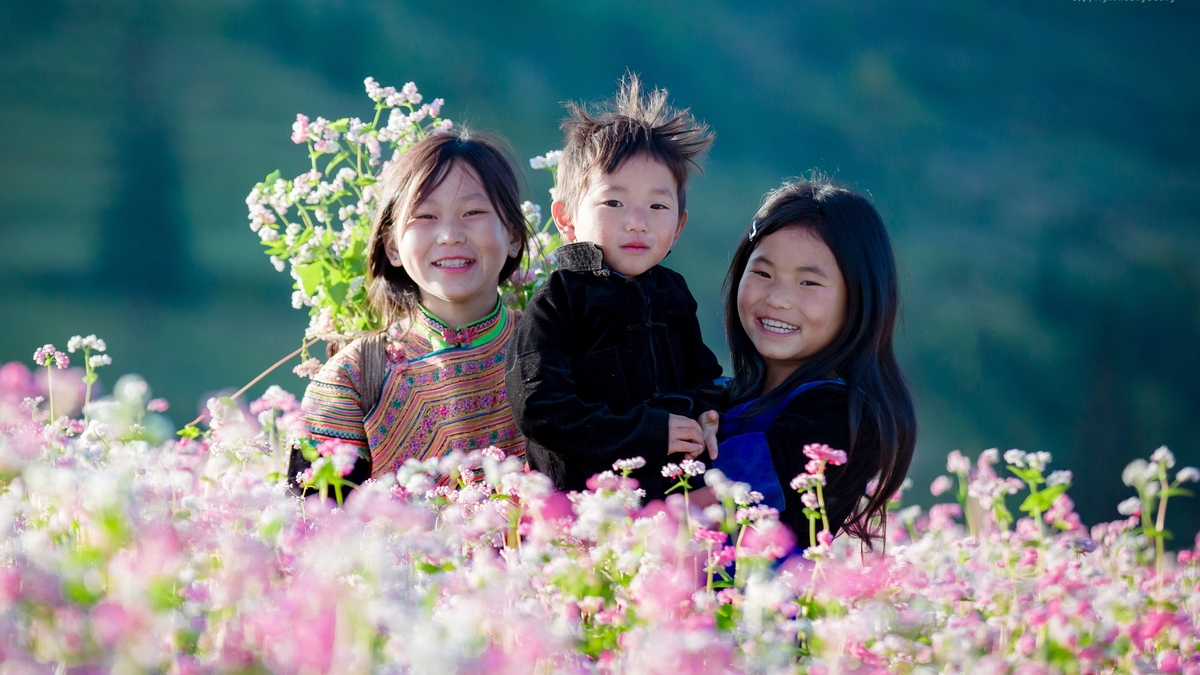
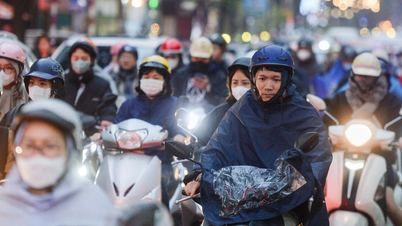





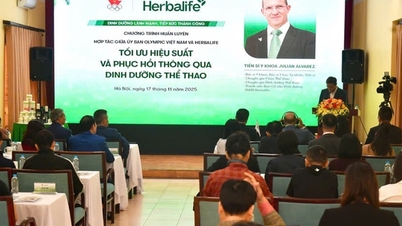











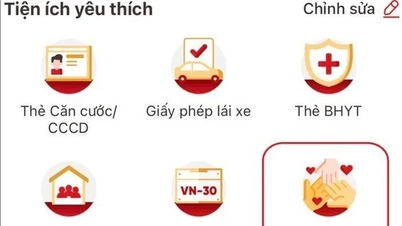





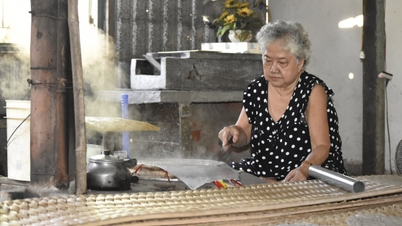


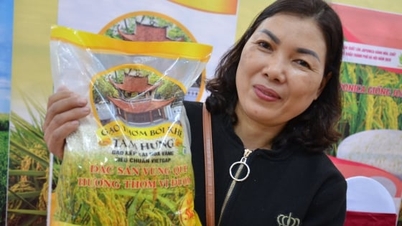

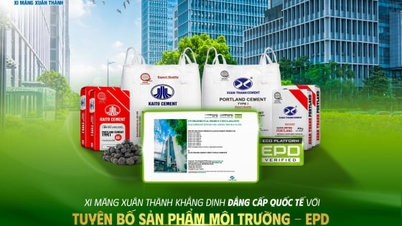



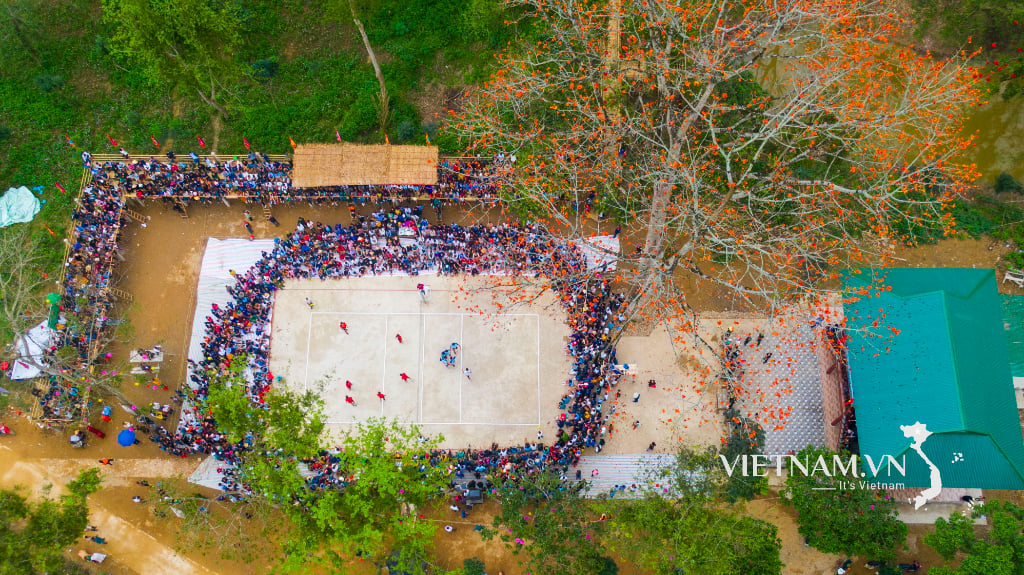


Comment (0)